Citroen
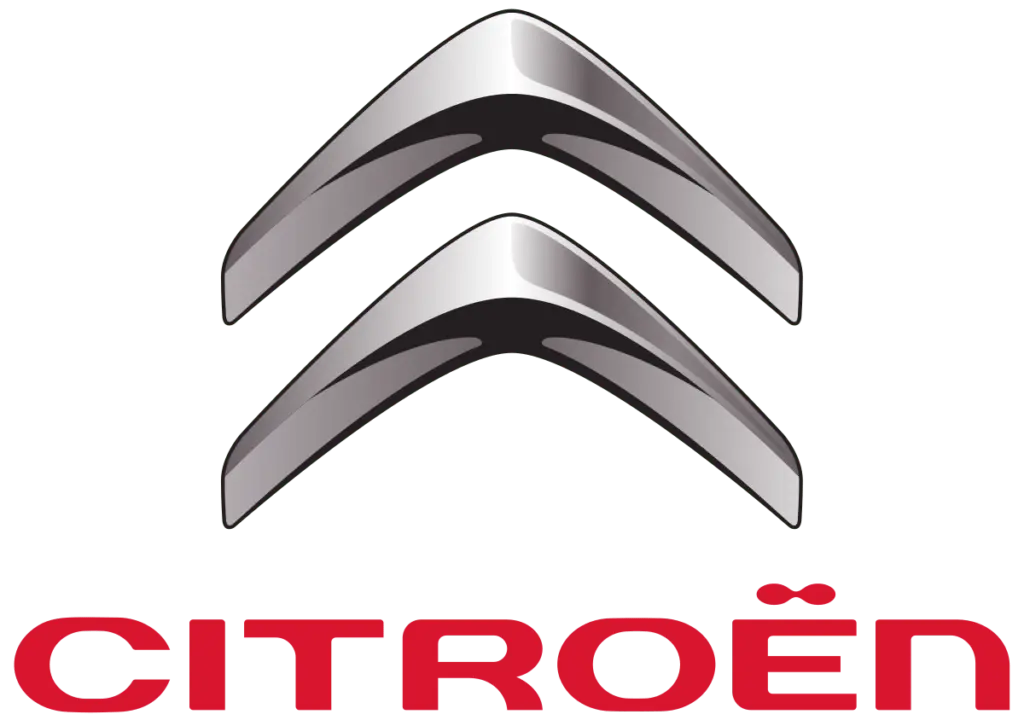
| Name: | CITROEN |
| Year of foundation: | 1919 |
| Founders: | Andre Gustave Citroen |
| Belongs: | PSA Peugeot Citroën |
| Location: | France: Paris |
| News: | Read more... |
Body type:
SUVHatchbackSedanConvertibleVanMinivan
History of the car brand Citroen
Contents FounderEmblemCar history in modelsQuestions and answers: Citroen is a famous French brand, whose headquarters are located in the cultural capital of the world, Paris. The company is part of the Peugeot-Citroen concern. Not so long ago, the company began active cooperation with the Chinese company Dongfeng, thanks to which the brand's cars receive high-tech equipment. However, it all started very modestly. Here is the story of a brand famous all over the world, which contains several sad situations that lead the management to a dead end. Founder In 1878, Andre was born in the Citroen family, which has Ukrainian roots. After receiving a technical education, a young specialist gets a job at a small company that manufactured spare parts for steam locomotives. Gradually the master developed. The accumulated experience and good managerial abilities helped him get the position of director of the technical department at the Mors plant. During the First World War, the plant was engaged in the creation of shells for the artillery of the French army. When the fighting ended, the plant manager had to decide on the profile, since the armament was no longer so profitable. Andre did not seriously think about becoming an automaker. However, he was well aware that this niche could be very profitable. Plus, the professional already had enough experience in mechanics. This prompted him to take a risk and set a new course for production. The brand was registered in 1919, and received the name of the founder as the name. Initially, he thought about developing a high-performance car model, but he was stopped by practicality. Andre was well aware that it was important not only to create a car, but to give the buyer something affordable. Something similar was done by his contemporary, Henry Ford. Emblem The design of a double chevron was chosen as the basis for the emblem. This is a special gear, the teeth of which are V-shaped. A patent for the manufacture of such a part was filed by the founder of the company back in 1905. The product was in great demand, especially in large-sized vehicles. Most often, orders came from shipbuilding companies. For example, the famous Titanic in some mechanisms had exactly herringbone gears. When the automobile company was founded, its founder decided to use a design of his own creation - a double chevron. Throughout the history of the company, the logo has changed nine times, however, as you can see in the photo, the main element has always remained the same. A separate brand of cars that the company is engaged in, DS uses a logo that has some resemblance to the main emblem. On cars, a double chevron is also used, only its edges form the letter S, and the letter D is located next to it. The history of the car in models The history of the development of technologies that the company used can be traced in the models that come off the brand's conveyors. Here is a brief tour of history. 1919 André Citroën launches his first model, the Type A. The 18-horsepower internal combustion engine was equipped with a water cooling system. Its volume was 1327 cubic centimeters. The maximum speed was 65 kilometers per hour. The peculiarity of the car was that it used lighting and an electric starter. Also, the model turned out to be quite cheap, due to which its circulation was about 100 pieces per day. 1919 - Negotiations are underway with GM for the newly minted automaker to become part of it. The deal was almost signed, but at the last moment, the proposed parent company backed out of the deal. This allowed the company to remain independent until 1934. 1919-1928 Citroen uses the world's largest advertising medium, which was entered in the Guinness Book of Records - the Eiffel Tower. To promote the brand, the founder of the company sponsors long-term expeditions to Africa, North America and Asia. In all cases, he provided his cars, which demonstrated the reliability of these cheap vehicles. 1924 - the brand demonstrates its next creation - the B10 model. It was the first European car with a steel body. At the auto show in Paris, the car was immediately liked not only by motorists, but also by critics. However, the popularity of the model quickly passed, as competitors often presented almost unchanged cars, but in a different body, and Citroen was dragging this out. Because of this, the only thing that interested consumers at that time was the cost of French cars. 1933 - two models appear at once. This is the Traction Avant, which used a steel monocoque body, independent front suspension and front wheel drive. The second model - Rossalie, under the hood of which was a diesel engine. 1934 - Due to large investments in the development of new models, the company goes bankrupt and is taken over by one of its creditors - Michelin. A year later, the founder of the Citroen brand dies. This is followed by a difficult period, during which, due to the difficult relations between the authorities of France and Germany, the company is forced to carry out secret developments. 1948 - a subcompact model with a small capacity (only 12 horses) 2CV appears at the Paris Motor Show, which becomes a real bestseller, and is produced until 1990. The small machine was not only economical, but also surprisingly reliable. In addition, a motorist with an average income could freely afford such a car. While global manufacturers are trying to win the audience's attention with regular sports cars, Citroen gathers practical motorists around it. 1955 - the start of production of a well-known brand, which appeared under the leadership of this company. The first model of the newly minted division is DS. The technical documentation of these models indicated the number 19, 23, etc., which indicated the volume of the power unit installed in the car. The peculiarity of the car is its expressive appearance and original low ground clearance (read what it is here). The model for the first time received disc brakes, hydraulic air suspension, which could adjust the ride height. The engineers of the Mercedes-Benz concern became interested in this idea, but plagiarism could not be allowed, so the development of a different suspension that changes the height of the car was carried out for almost 15 years. In the 68th car received another innovative development - the swivel lenses of the front optics. The success of the model is also due to the use of a wind tunnel, which allowed to create a body shape with excellent aerodynamic characteristics. 1968 - After several unsuccessful investments, the company buys the well-known sports car manufacturer Maserati. This allows you to create a more powerful car to attract more active buyers. 1970 - The SM model is created on the basis of one of the acquired sports cars. It used a power unit with a volume of 2,7 liters and a capacity of 170 horsepower. The steering mechanism after turning independently moved the swivel wheels to a straight position. Also, the car received the already known hydropneumatic suspension. 1970 - Production of the model that bridged the huge gap between the urban subcompact 2CV and the spectacular and expensive DS. This GS car moved the company to second place after Peugeot among French car manufacturers. 1975-1976g the brand goes bankrupt again, even though several subsidiaries are being sold, including the Berliet truck division and Maserati sports models. 1976 - The PSA Peugeot-Citroen group is formed, which produces several solid cars. Among them are the Peugeot 104, GS, Dyane, homologation variant 2CV, CX. However, the partners are not interested in the further development of the Citroen division, so they seek to rebrand. In the 1980s, the management of the division is going through another sad period, when all cars are based on Peugeot platforms. By the beginning of the 90s, Citroen was practically no different from the companion models. 1990 - the brand expands its trading floor, attracting buyers from the United States, post-Soviet countries, Eastern Europe and China. 1992 - the presentation of the Xantia model, which changed the further development of the design of all cars of the company. 1994 - The first Evasion minivan debuts. 1996 - motorists received the practical Berlingo family van. 1997 - the Xsara model family appears, which proved to be very popular. 2000 - The C5 sedan debuts, most likely created as a replacement for the Xantia. Starting with it, the "era" of models S. The world of motorists gets C8 minivan, C4 and C2 hatchback cars, C1 urban and C6 luxury sedan. 2002 another popular C3 model appears. Today, the company continues to strive to win the respect of a global audience by creating crossovers, hybrid cars and homologating already known models. In 2010, the concept of the electric model Survolt was presented. In conclusion, we offer a short review of the legendary DS car of the 50s: Questions and Answers: Where is the Citroen car made? Initially, models of the Citroen brand were assembled in France, and then at historic factories in Spain: in the cities of Vigo, Onet-sous-Bois and Ren-la-Jane. Now cars are assembled at the factories of the PSA Peugeot Citroen group. What are the Citroen brand models? The list of brand models includes: DS (1955), 2 CV (1963), Acadiane (1987), AMI (1977), BX (1982), CX (1984), AX (1986), Berlingo (2015), C1-C5 , Jumper, etc. Who bought Citroen? Since 1991, it has been part of the PSA Peugeot Citroen group. In 2021, the group was abolished due to the merger of the PSA and Fiat Chrysler (FCA) groups.
No post found
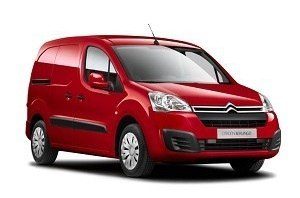
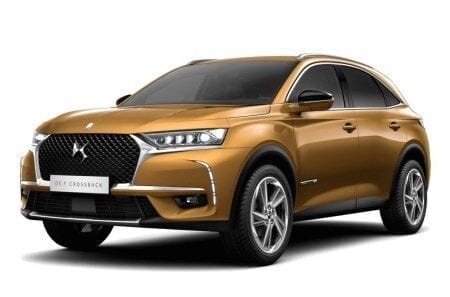


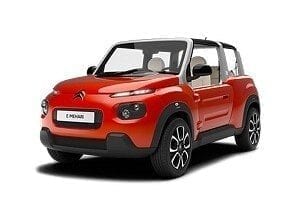
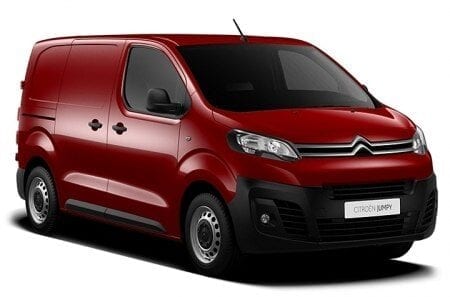
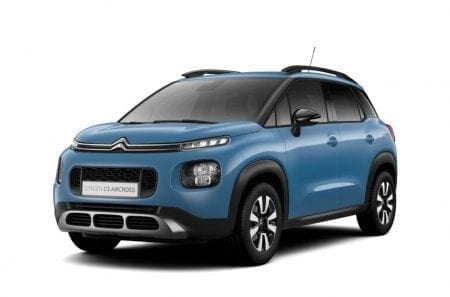
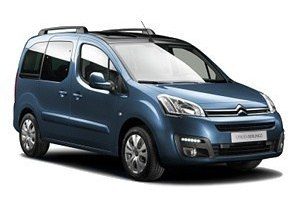

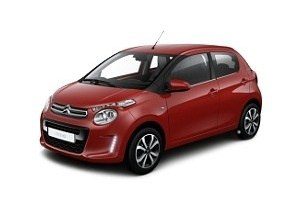
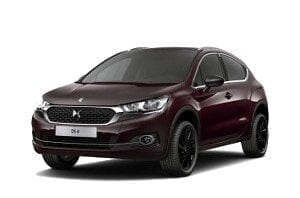

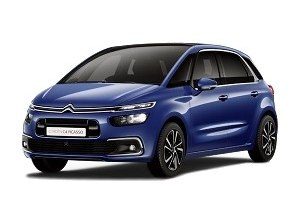
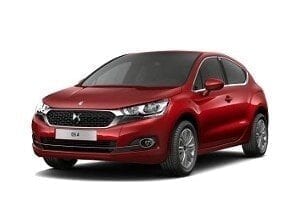
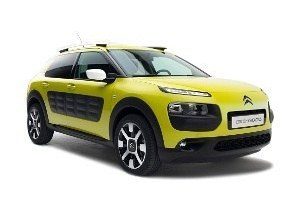
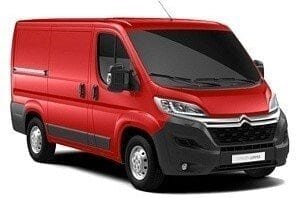

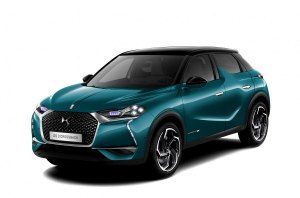
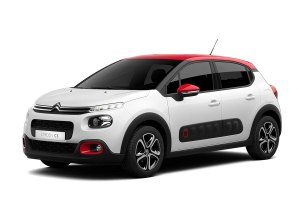
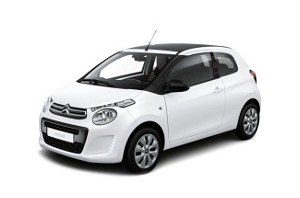
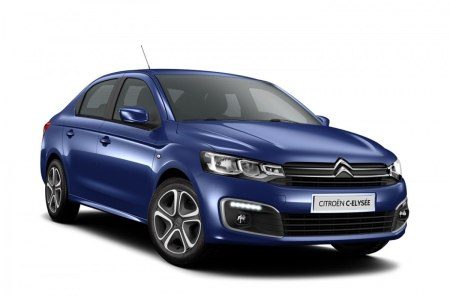
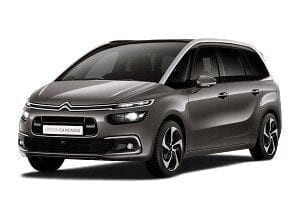


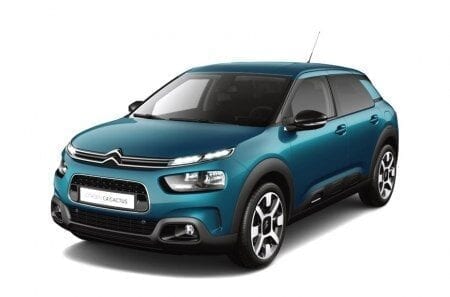
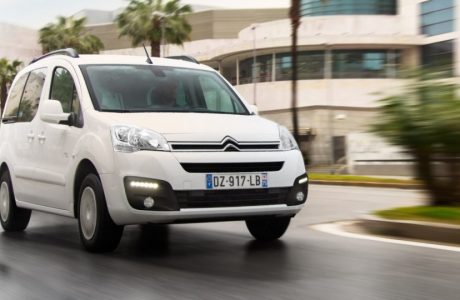

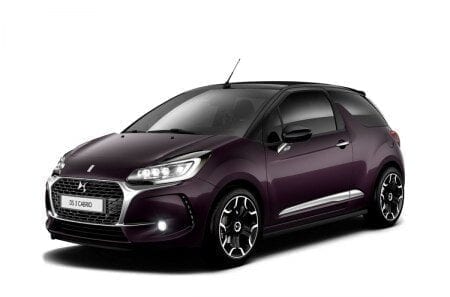
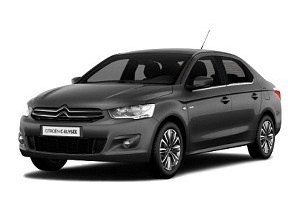
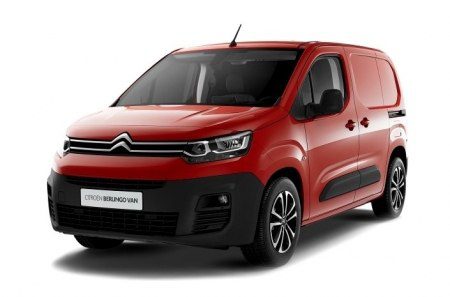
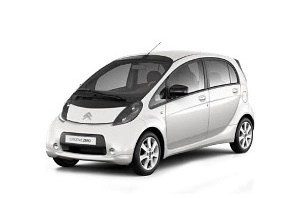
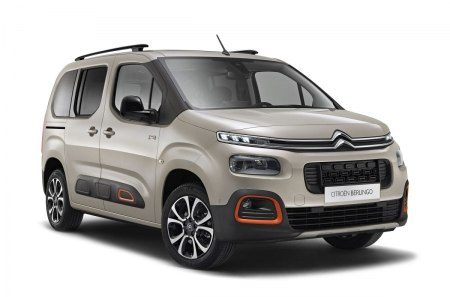

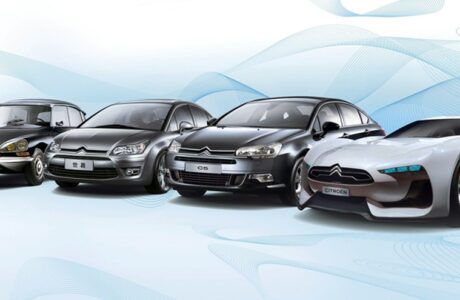
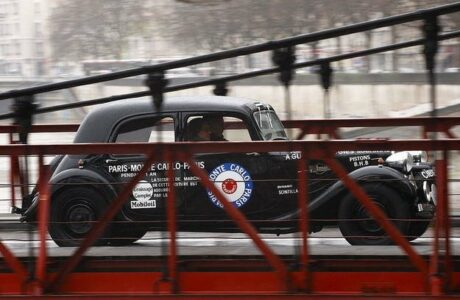

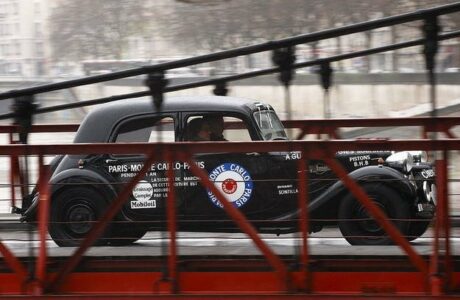


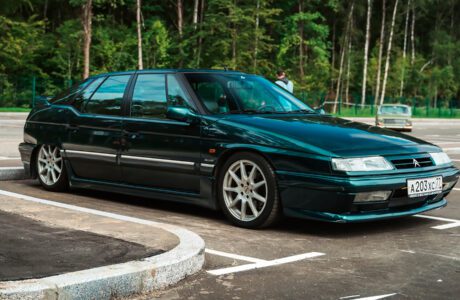
2 comment
Citroen
The air conditioner works with disconnection
nothing
there was almost nothing new I had not learned